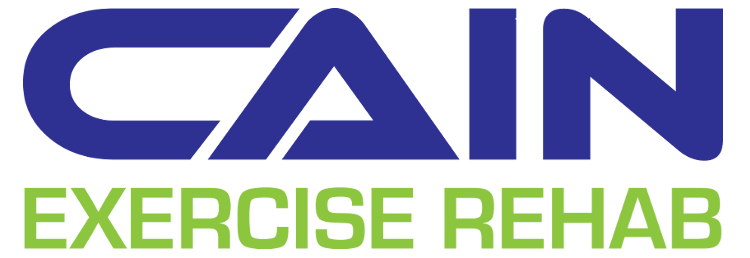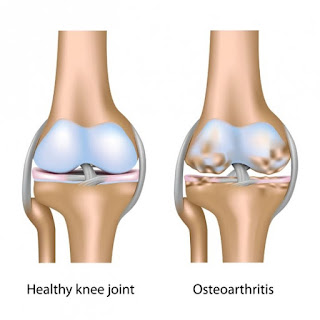Osteoarthritis affects approximately
10% of all Canadians. It's a condition characterized by the degeneration of cartilage within a joint and, at more-advanced stages, the addition of irregular bony growth in those spaces, often causing debilitating pain and loss of function.
The diagnosis of
OA can be a terrifying reality for people, as it's immediately seen as a one-way ticket of progressing pain, dynfunction, and an inevitable joint replacement. How about we take a look at the common believes regarding OA, however, and see what there is to learn?
Belief: My X-Rays Show Arthritic Changes; Therefore, I Have OA
Verdict: Sometimes, but not really.
I allude to this quite frequently in both my practice and my writings. Individuals often get scared by the fact that their x-ray results show a degenerative change in their joints, whether it be their spine, knee, or shoulder.
It needs to be remembered, though, that these imaging findings are not
necessarily indicative of a pathological condition. More often than not, a degenerative change within a joint is a result of the natural aging process in the same way that your skin wrinkles with age or your hair turns gray.
In fact, we've more or less shown that there's
no real correlation at all between these findings and the occurrence of pain, present or future.
Yes, if you DO have a true case of OA, it will show as a positive on an x-ray, but not every positive on an x-ray is an accurate diagnosis for OA. Essentially, every apple is a fruit, but not every fruit is an apple.
 |
| [Insert Joke] |
Belief: Osteoarthritis Is Caused By Overuse/Wear and Tear
Verdict: Sorta, but not in the way you think.
We often think of OA as being caused by years and years of constant use of a joint, such as the belief that runners will develop it in their knees and hips.
 |
| My joint space is a raging hellfire. |
Inherently, we know this to be untrue. If it was fact, then every active person in the world would have arthritis in all of their joints simply because they're using them all of the time.
The "wear and tear" of OA is a real thing, but the risk factors involve the use of the joint with the presence of other conditions such as muscle weakness, lack of proprioception,
restricted range of motion, and joint instability.
If you notice, all of those risk factors are actually
correctable using exercise. This being said, too much physical activity isn't a risk factor for OA; rather, it's a
lack thereof.
Belief: Cracking Your Joints Can Cause OA
Verdict: Hard no.
This is one of the most long-standing myths when it comes to arthritis, so here we go!
Whatever the belief on what is occurring inside a joint during a crack (what does everyone believe, by the way?), the reality is that it's a much more benign event than we used to think.
To put it simply, joints are fluid-filled spaces with the potential for air pockets to collect and build up. When we crack the joint, we're moving and re-positioning the joint in a way that allows those
pockets to release, and that's the sound that we're hearing. Is it damaging to the joint? Not in the slightest. So go ahead and continue horrifying your sister by continuing to crack those knuckles!
Belief: If I Have OA, There's No Getting Better
Verdict: Probably Untrue.
Fair enough, there are those cases of osteoarthritis that are so far gone, so debilitating, and so beyond conservative treatment that the only option is a joint replacement. For those of you who aren't quite on that end of the spectrum yet, though, there's still hope!
Remember those risk factors we talked about above? (Muscle weakness, joint instability, etc.) Well, as it turns out, you can address those factors, not only as a preventative measure, but also for treatment after the diagnosis of OA. Doing so can improve the symptoms and often delay or even
completely prevent the need for any future joint replacement!
Let's also remember that pain is
driven by the nervous system, not necessarily by any physical or structural causes. That being said, treating and exercising those risk factors away can further decrease the neural sensitivity in the area and continue to relieve pain.
The hope is to shine a bit of light on this condition and to help to reperceptualize those who may be affected by it. OA diagnosis can be scary when we aren't made aware that the outcome doesn't have to be a negative one. It needs to be known, however, that osteoarthritis is both preventable and treatable.
Subscribe
Do you like the content that you're reading? Sign up to receive the weekly blog update from Cain Exercise Rehab directly to your email!
Click Here!
Book Now
In the Victoria area and interested in booking an appointment with Cain Exercise Rehab? Follow the link below to book online!
Click Here!












